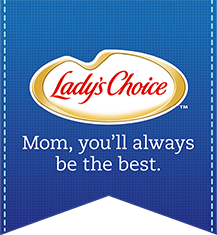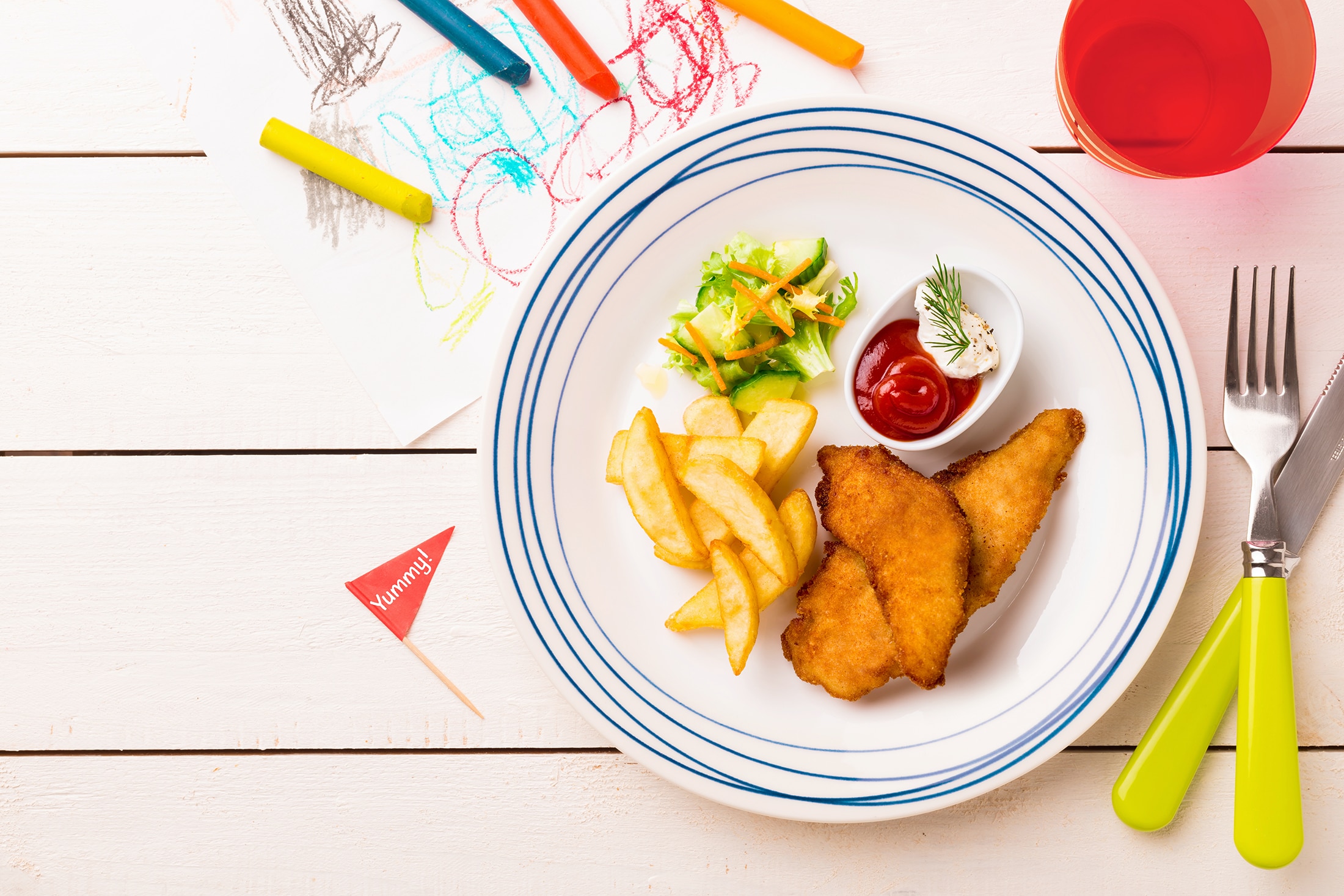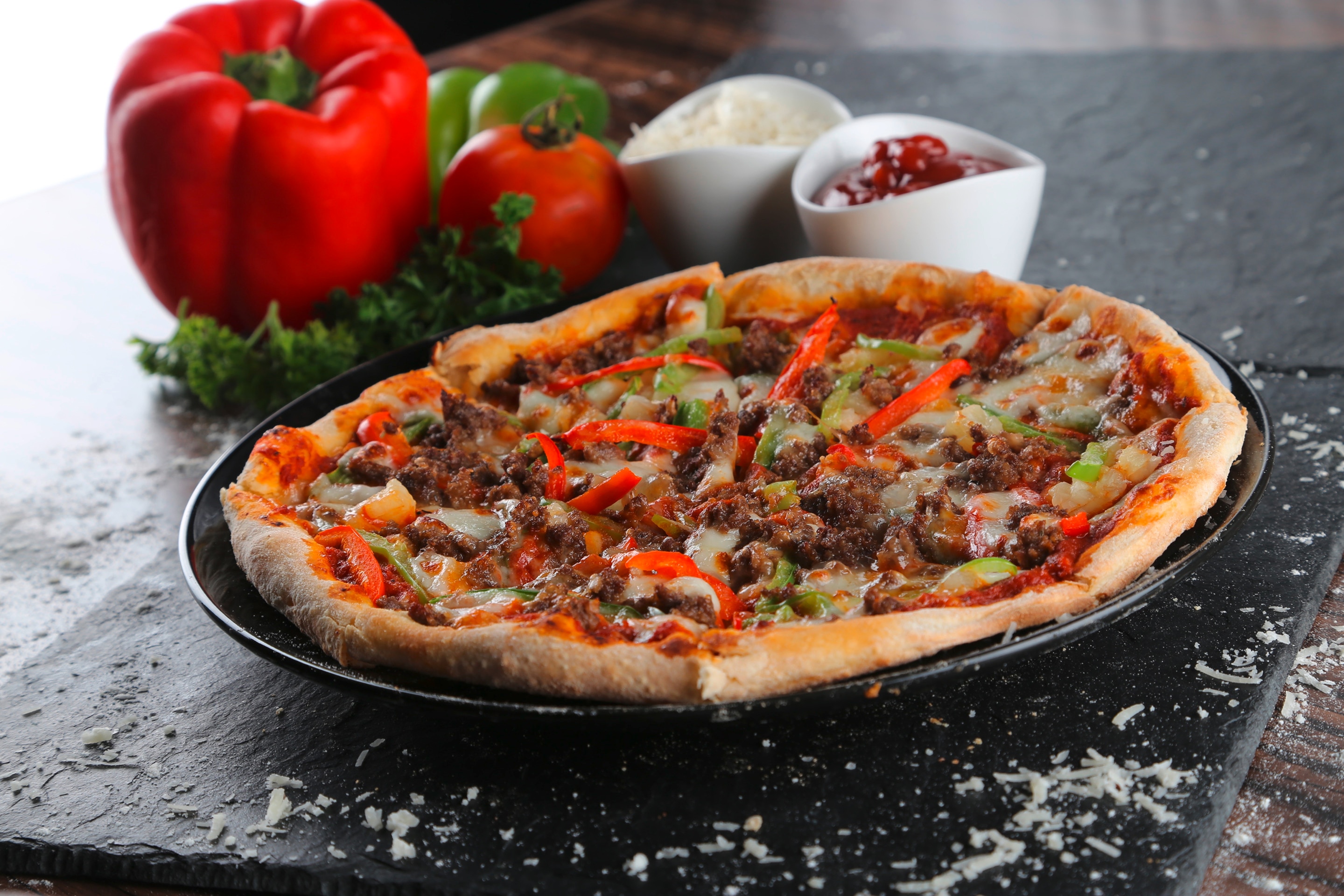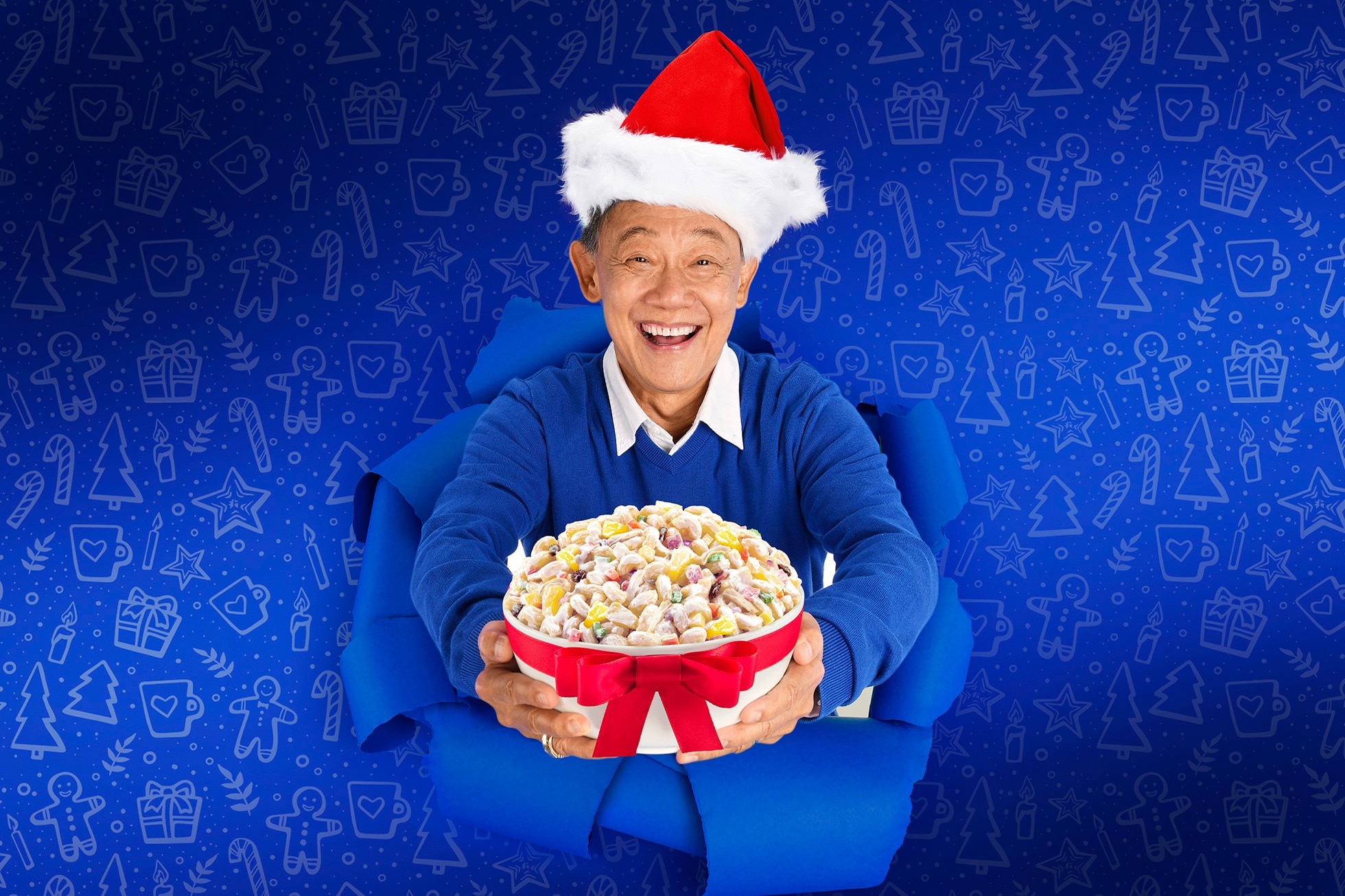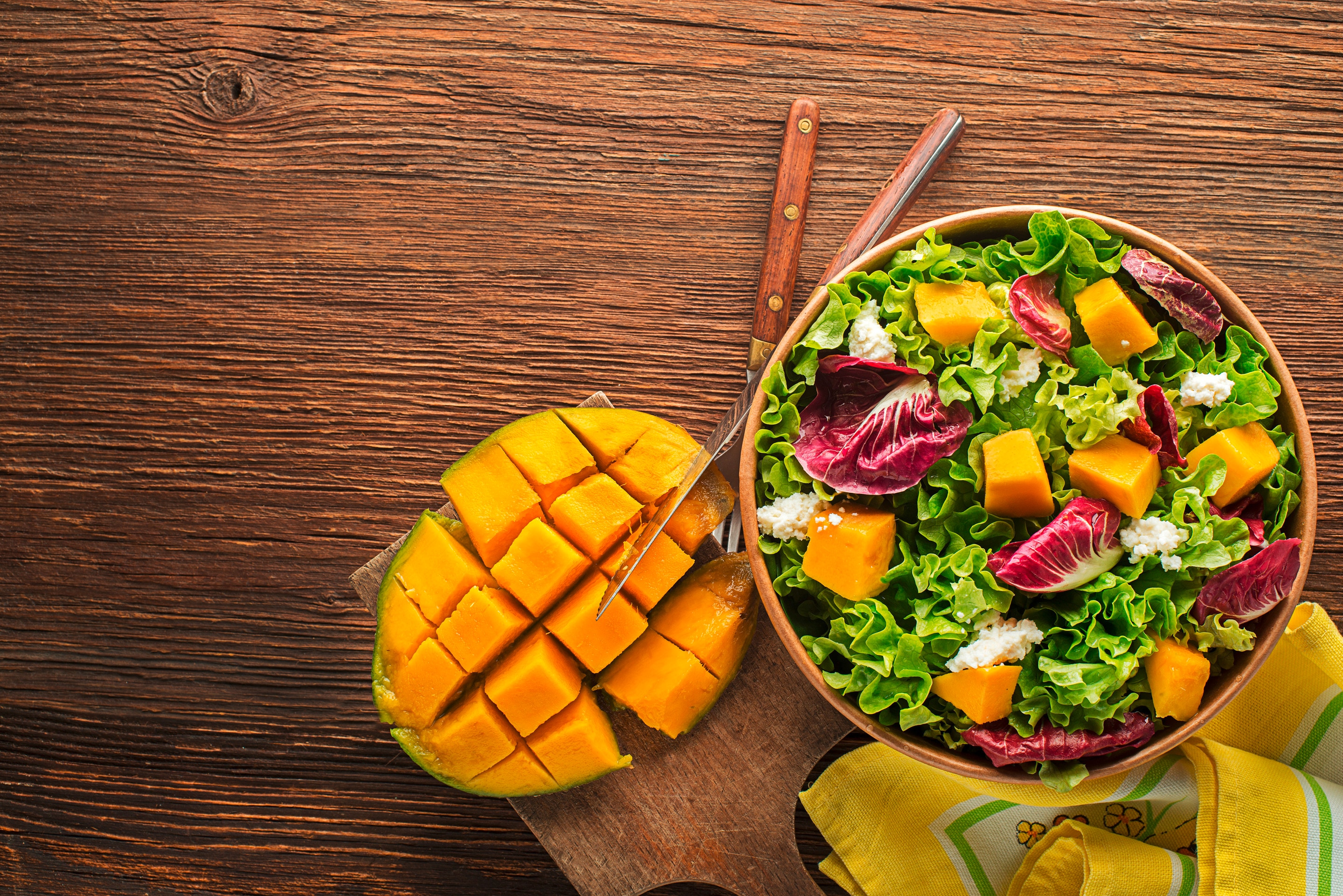How To Revamp Leftovers For Your Kids’ Meals
Share to facebook Opens in new window
Some dishes are gifts that keep on giving. Despite the amount of preplanning and portioning you do, it’s unlikely to see all the food you put on the table wiped clean. Chances are you'll have at least a couple of uneaten portions to save for the next day. Leftovers? They’re lifesavers! But while adults will be okay with reheating them, the young ones will find the repetition boring. A time- and money-saving solution? Transform them into new kids' meals with a few simple tricks.
Are you ready to make that happen? Read on to learn how to revamp last night’s ulam into a day’s worth of child-approved dishes – from breakfast to dinner!
Smart Ways to Transform Leftovers for Kids’ Meals
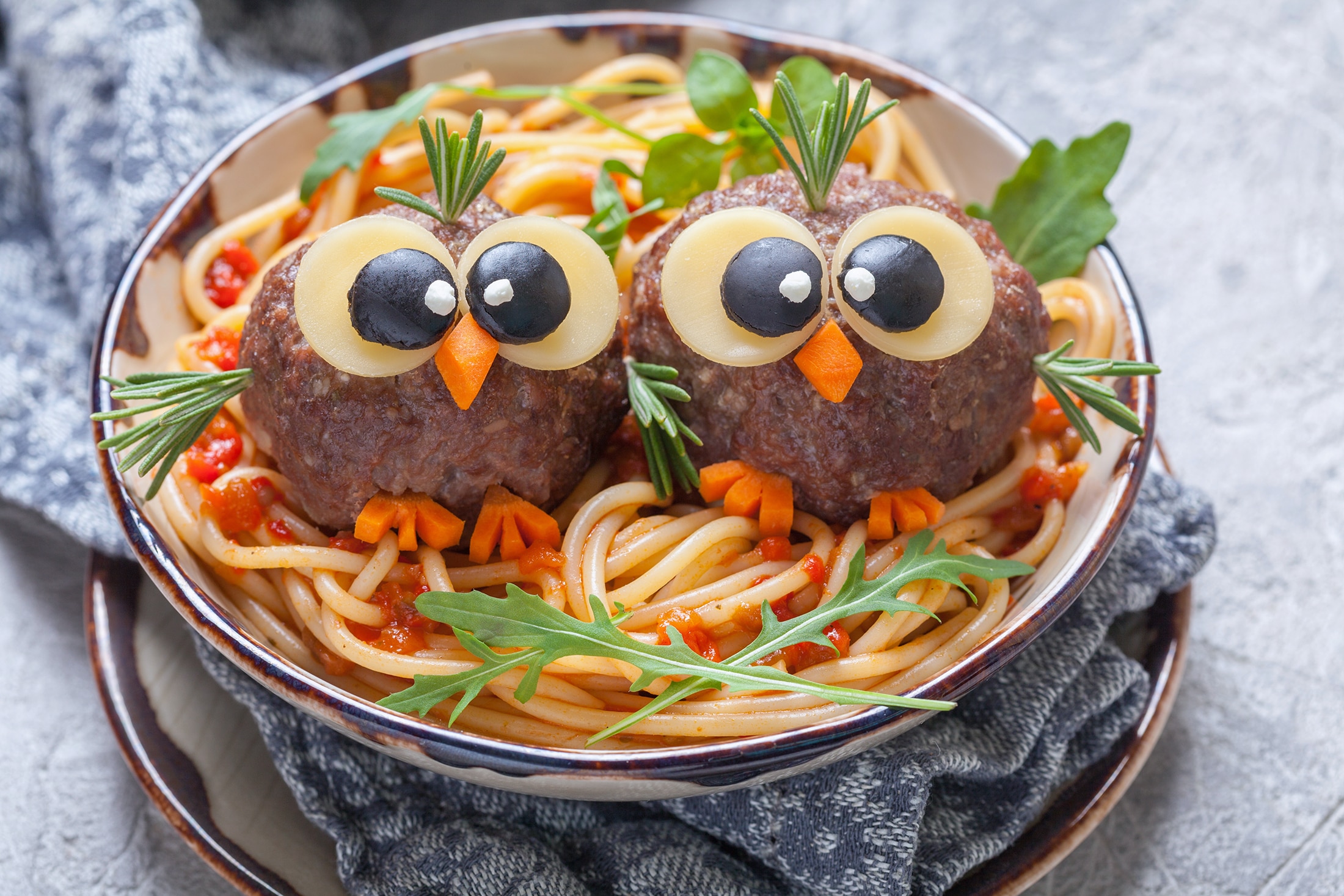
Are your chikitings showing signs of palate fatigue from eating the same food two meals in a row? Worry not! Before you reach for junk food as a quick fix, check what’s in your fridge. Here’s a day’s worth of healthy meal ideas for kids that maximize leftovers.
Breakfast: wraps
What it is: A wrap is a handy, grab-and-go treat made with a soft flatbread rolled around any filling. For this, you can use pita or wheat tortillas or go carb-free with plain lettuce leaves. Now, the fun part! Fill it with anything from meat or seafood to tofu and vegetables. Try reviving yesterday’s chicken or pork adobo for your next breakfast.
How to make a creamy adobo wrap:
1. Shred leftover meat, then reheat it in a pan until slightly crispy.
2. Transfer adobo flakes to a bowl. Add Lady’s Choice Real Mayonnaise, chopped onions, and pickle relish; mix well. Add a few tablespoons of adobo sauce if you like.
3. Assemble the wrap by laying lettuce on a tortilla. Add your favorite vegetables, like tomatoes, cucumbers, and bell peppers. Top with the adobo mixture and grated cheddar cheese (optional). Roll tightly.
4. Slice the wrap into pinwheels for kid-friendly bites. If you’re making this for your bulilit’s baon, pack it bento style with fresh fruits in cute shapes.
Lunch: casserole
What it is: Casseroles have three main components – protein, vegetables, and a starchy binder. Sometimes the dish also calls for a crunchy or cheesy topping. But no need to slave away in the kitchen for every layer; leftovers will do. For protein, go for last night’s ground beef picadillo. Grab any veg in your fridge, then toss them in for the next layer. For starch, choose between rice or mashed potatoes. Lastly, sprinkle grated cheese (or potato chips!) for a golden finish.
How to make a quick picadillo shepherd’s pie:
1. Spoon leftover picadillo into a rectangular baking pan.
2. Add a layer of frozen corn and carrots or any vegetable you have. Top with mashed potatoes and grated cheese.
3. Bake in a preheated 375°F (190°C) oven until the top is lightly browned, about 15-20 minutes. Serve hot.
Dinner: stew
What it is: Traditional stews entail slow-cooking meat in a flavorful liquid for hours. Think mechado, estofado, and beef caldereta. But who has time to do any of those classic Pinoy dishes, especially on busy weekdays? Cut through the process using leftover meats, a clear broth, and some canned goods. For example, make a comforting nilaga using last night’s ginisang corned beef. Done in 15 minutes!
How to make ginisang corned beef nilaga:
1. Heat water in a pot. Add broth cubes, then bring the mixture to a boil.
2. Lower heat and add potatoes, canned corn kernels, green beans, cabbage, and saba. Simmer until vegetables are tender.
3. Stir in leftover ginisang corned beef. Serve hot.
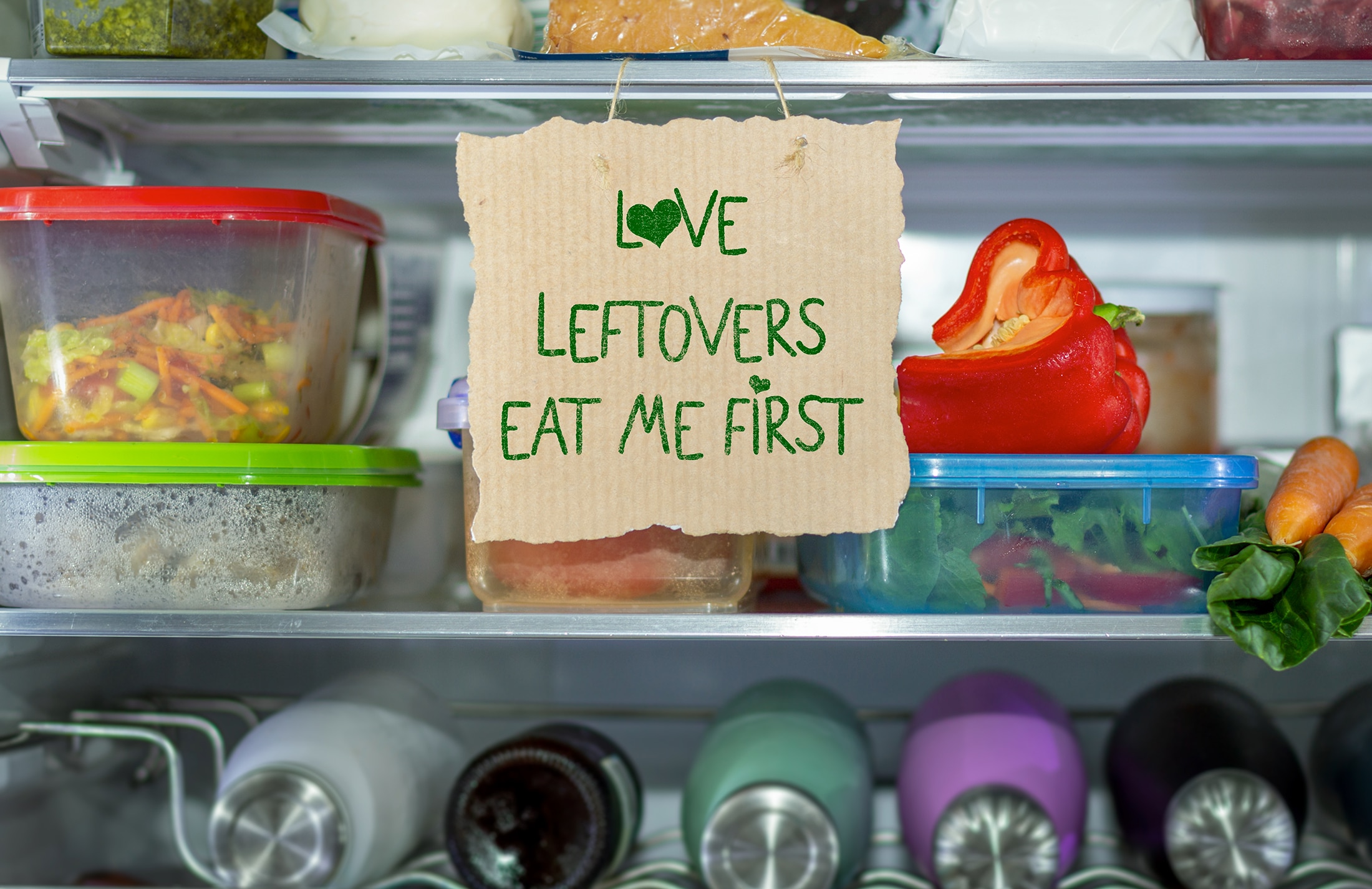
Cooking with leftovers ensures no food goes to waste. But before you can start preparing healthy lunch meals for your kids, you first have to check if last night’s ulam is still suitable for consumption. To avoid mishaps, learn how to store extra food properly. Check out these simple safety tips.
1. Cool leftovers quickly.
The most crucial safety tip is to let your food cool within 2 to 4 hours. And to avoid spoilage, keep your ulam at 70°F (21°C) or lower before refrigerating.
2. Freeze for longer shelf life.
Chilling leftovers in the refrigerator slows down the spoiling process. Alternatively, freezing acts as a “pause” button that preserves the dish’s original state. However, do this only if you don’t intend to eat your food immediately.
3. Reheat only once.
Constant defrosting and reheating can affect the food’s quality and flavor. Store leftovers in smaller portions and reheat only enough for single consumption.
4. Label food properly.
Use permanent markers to write the food name, cooking and storing date, and portion size. These details will help you keep track of your leftover inventory better.
5. Pick the right containers.
Many Filipino homes like reusing disposable food trays, tins, and ice cream containers for leftovers. Although this is an environmentally friendly practice, it can bring your family closer to chemical contamination. Instead, make the following choices:
- Only use food-grade containers.
- Choose glass vessels versus plastic ones.
- Always use freezer-safe bags.
- Check if the container is microwave-safe.
Turning leftover food into kids’ meals requires out-of-the-box thinking. But with this guide, you can create wholesome child-approved dishes without breaking a sweat. Try these suggestions and see which one your children will love most.
Related Articles
- slide 1
- slide 2
- slide 3
